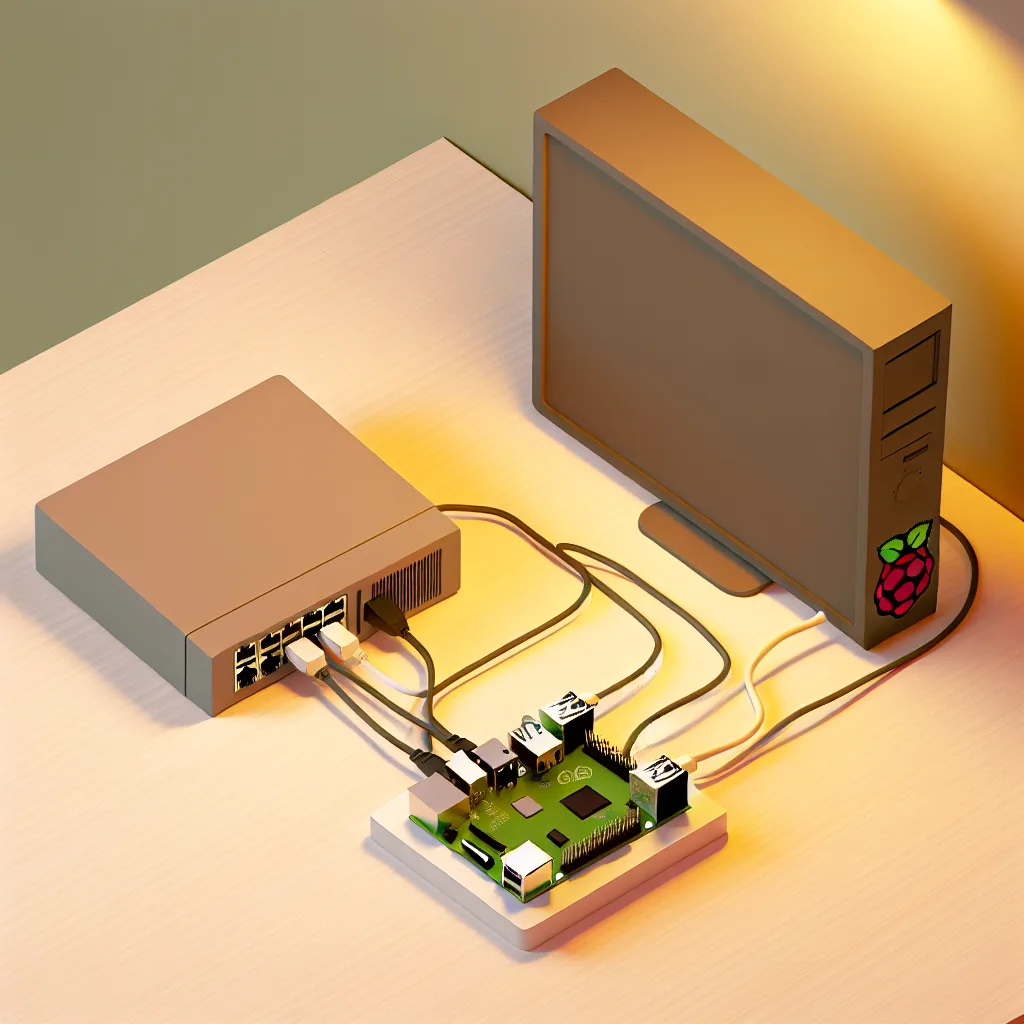From a single mini PC to a multi-node cluster, here’s the roadmap for my home lab journey.
It’s funny how a small curiosity can turn into a full-blown hobby. About a year ago, I dipped my toes into the world of self-hosting with a single mini PC. Now, I’m constantly tinkering, learning, and planning my very own beginner home lab. It’s a journey that has been incredibly rewarding, and I wanted to share where I am now and, more importantly, where I’m hoping to go.
If you’re just starting out, my setup is probably pretty familiar. It’s centered around one powerful little mini PC. Using Docker, I’ve slowly added more and more services—from media management to network-wide ad blocking. Each new container feels like a small victory, another piece of my digital life that I control.
But the real fun of a hobby like this isn’t just maintaining what you have; it’s dreaming about what comes next.
The Future Roadmap for My Beginner Home Lab
My current setup works, but I have a list of goals that I think will take it to the next level. It might take a few years to get through it all, but planning is half the fun!
Here’s what’s on the docket:
- A Dedicated Proxmox Router: My first big project is to add a new mini PC that will act as a dedicated router. The plan is to install Proxmox, a fantastic open-source virtualization platform, and then run OPNsense in a virtual machine. This will give me way more control and security over my home network than a standard consumer router ever could.
- Creating a Proxmox Cluster: Once the new router is handling network traffic, I’ll convert my current mini PC into a Proxmox node as well. By clustering them, I can manage both machines from a single interface and maybe even get into more advanced topics like high availability. I’ll keep my existing Docker containers running, but they’ll live inside a VM on the cluster.
- Finally Using My Spare Parts: I have a Raspberry Pi 3 and an ESP32 microcontroller that have been sitting in a box for ages. It’s time to give them a purpose! I’m not sure what yet—maybe the Pi can handle something simple like Pi-hole, and the ESP32 could be the start of a custom sensor project.
- Diving into Home Automation: The ultimate goal for many home labbers is smart home control. I plan to install Home Assistant on my Proxmox cluster. This will open up a whole new world of possibilities for automating lights, sensors, and more, all while keeping my data local.
- Building the Physical Infrastructure: Right now, my gear is just sitting on a shelf. To make it feel more official, I want to either buy or 3D print a small rack. I also plan on adding a smart socket to monitor electricity consumption, a UPS to keep things running during a power flicker, and a proper network switch to handle more devices.
A Key Question for a Growing Home Lab
One thing I’ve been thinking about is how to access my services from outside my home network. Is it a good idea to expose services like a dashboard or an automation tool like n8n to the internet using something like a Cloudflare Tunnel? Or should everything be kept behind a VPN?
From what I’ve gathered, there are two main schools of thought.
- Cloudflare Tunnels: This is a modern and relatively secure way to expose a specific service to the web without opening up ports on your router. It’s great for when you want to give a friend access to your photo gallery or use a webhook for an automation, but it does mean that the service is technically on the public internet, even if it’s behind Cloudflare’s protection.
- VPN Access: The more traditional and arguably more secure method. Using a VPN like WireGuard or Tailscale, you create a private, encrypted tunnel directly to your entire home network. Nothing is exposed to the public internet. The downside is that you have to connect to the VPN on your device every time you want to access something.
Personally, I think a hybrid approach might be best. For highly sensitive services or full network access, a VPN is the way to go. For a single, less critical service that needs to be reachable, a properly secured tunnel could be a reasonable choice.
This whole process is a marathon, not a sprint. But laying out the plan, learning from others, and tackling one project at a time is what makes building a beginner home lab so exciting. What started as a simple experiment is quickly becoming one of my favorite hobbies.
